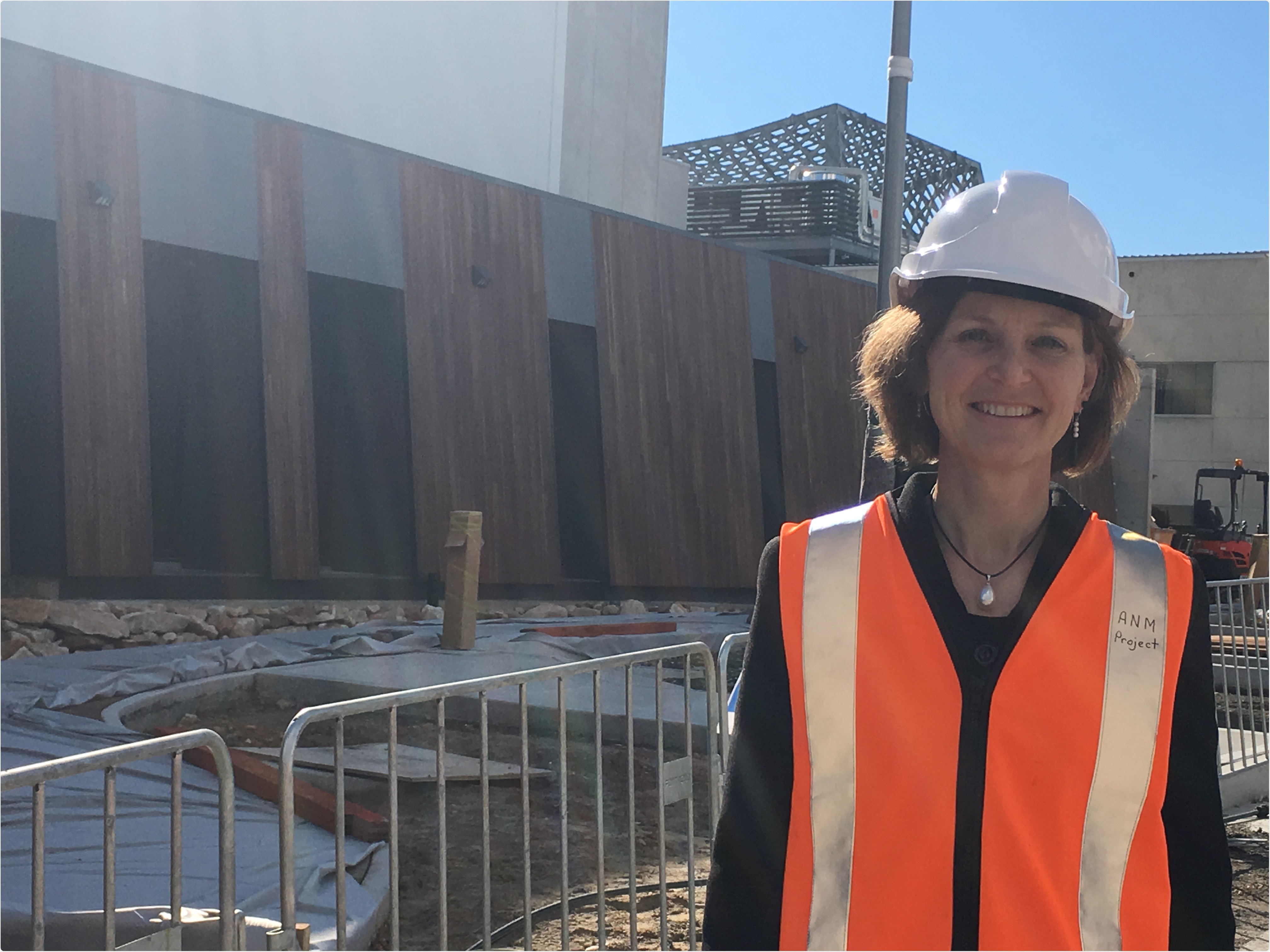In my view, one of the greatest changes in recent history that has come about in nuclear medicine production is Australia’s full adoption of Low-Enriched Uranium (LEU) technologies – in both the fuel and the target plates.
Australia was the first country to create a reliable supply of LEU-based medicine, which significantly contributes to our nuclear non-proliferation goals by driving down demand for Highly Enriched Uranium.
LEU medicine is proliferation-proof, and Australia has a decade of experience in producing and distributing medicine in this way, which will only become more the case thanks to our new ANSTO Nuclear Medicine Project.
What is Molybdenum-99 (Mo-99) used for and why is international demand for Mo-99 growing?
Molybdenum-99 (Mo-99) is the most widely-used radioisotope in nuclear medicine. It’s derivative Technetium-99 (Tc-99m) accounts for around 80 per cent of all nuclear medicine procedures, as it enables selective imaging and an effective diagnosis of cancers and illnesses associated with organs and soft tissues such as the lungs, bone, brain, liver and kidneys.
ANSTO’s transports our nuclear medicines in a purpose-designed and built, shielded radiopharmaceutical generator called Gentech, which allows it to safely decay to Tc-99m en-route.
Demand for Mo-99 is growing for a number of reasons. Firstly, and on a relatively simple level, as the world population grows, so too does demand for people requiring medical attention.
This is compounded as more countries modernize their medical systems, thus having the technologies available to make use of nuclear medicine.
According to the IAEA, current global demand for nuclear medicine sits at around 40 million doses per annum, and some estimates suggest this is growing at an average rate of about 5 per cent a year.
The issue is that while demand is on the up, supply is under threat, because 70 per cent of the reactors that are used to produce these 40 million doses of Mo-99 around the world are more than 40 years old and are due to shut down. ANSTO’s ANM facility will help bridge that gap, and assist in the supply of this critical medicine for the world.
At what stage of development is the Australian Nuclear Science and Technology Organization (ANSTO) Nuclear Medicine plant at?
The project has been worked on by contractors and subcontractors for more than 370,000 hours, with 5,489m3 of concrete poured and over 858 tons of steel installed.

Last month, the project reached a significant milestone with the delivery of ten of the hot cells - the engine room of the facility –all of which will be put in place by the end of November.
The hot cells are like a laboratory of sorts, and use robotic arms to handle the radioactive products from ANSTO’s OPAL reactor.
Construction is on track, and is scheduled to be completed at the end of 2016. The facility will then undergo testing and commissioning, and then by the end of 2017 we aim to be producing at our full scale production rate – more than 10 million doses a year.
What impact will this plant have on nuclear medicine production in Australia?
ANSTO currently produces nuclear medicine for a predominantly domestic supply of about 550,000 doses produced each year, and in addition exports significant volume to the international market.
When ANM is at full production, ANSTO’s capacity will significantly increase to 10 million doses a year, allowing us to meet approximately 25 per cent of world demand.
The World Nuclear Association has projected that the global radioisotope market will reach a value of about $8 billion by next year (2017). Mo-99 accounts for around 80 per cent of that.
You have recently been appointed new General Manager of ANSTO Nuclear Medicine (ANM) Pty Ltd. What is your vision for the project?
I want to see the successful long-term operation of ANM, its business systems and financial performance, and setting and delivering the ANM business strategy will be a key element to my role.
We are building on our culture which is based on high-performance, commitment and motivation, and one of the main roles at this point is to ensure that the project remains on track, and that everyone remains positive and engaged as we get closer to launch.
Our whole team is working collaboratively, striving to ensure we deliver ANM as quickly as possible, whilst achieving all the relevant compliance milestones. We have three separate teams working in unison on the project.
I have great optimism about the promise of this project, and its ability to be extremely successful.
When is the NRU reactor in Canada scheduled to commence shut down and what impact will this have?
The NRU reactor is Canada’s oldest reactor, and it is due to shut down on 31 October 2016, ceasing routine production of nuclear medicine. NRU produced up to 40 per cent of the world’s Mo-99.
While Canada has made interim arrangements to avoid short term shortages, and will be able to operate in emergencies until early 2018, there is obviously a huge gap to be filled in the long term.
What do you think the future holds for nuclear medicine production?
For Australia there is definitely potential to be one of the world’s main suppliers of nuclear medicine. Australia’s OPAL reactor is only ten years old – so has decades left to contribute to the world’s hospitals and nuclear medicine centers.
From a production perspective, those older reactors who have been doing the bulk of this production will, over time, be shut down and decommissioned, and with ANM we are will not only have capacity to fulfill demand for product, but be producing it in state-of-the-art facilities with LEU.
Where can readers find more information?
The ANSTO website www.ansto.gov.au. The ANM project details can be found under the Business Services tab.